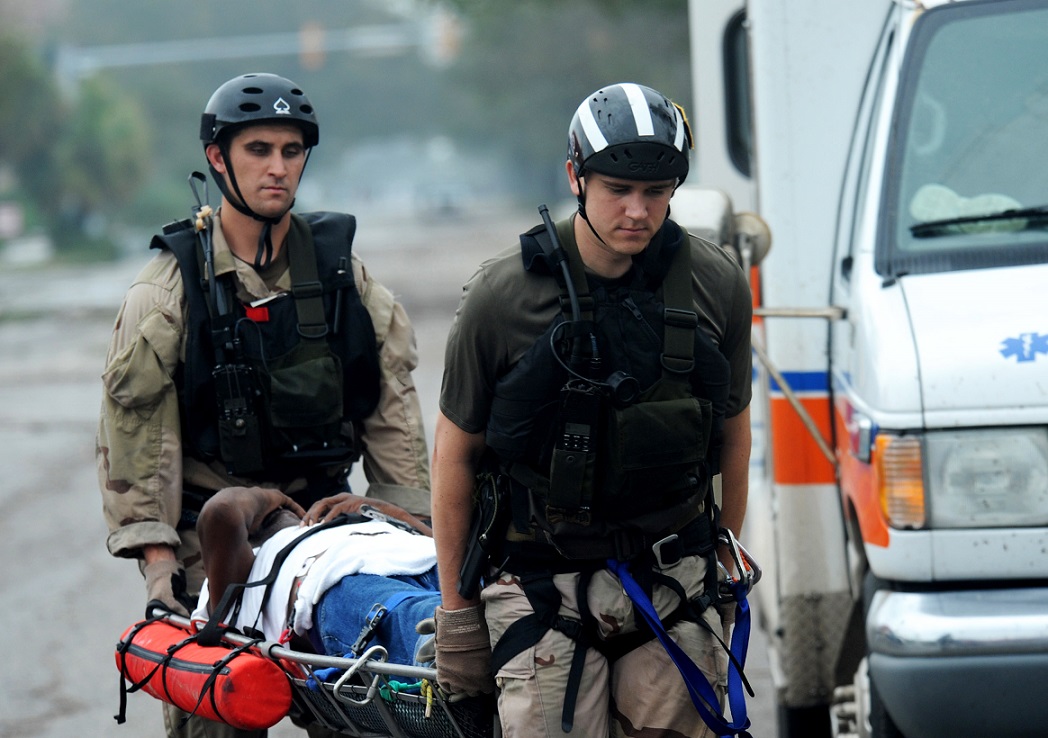
This post is also available in:
 עברית (Hebrew)
עברית (Hebrew)
An innovative project could save lives. A self-piloting drone ambulance that could carry a single person for up to 150km at a maximum speed of 110km/h was developed. Trained non-pilot staff, for example doctors or first-responders will be able to use the drone in an emergency situation.
Vincenzo Navanteri, an engineer from Italy, developed the idea of an autonomous “aero ambulance” for emergency search and rescue that could quickly and easily evacuate a single person. The drone could carry an injured person out of harm’s way in all weathers. “The drone is intended mainly for rescue and first-aid missions,” he explained. For example, “urgent interventions in remote villages, or where access is temporarily difficult.”
The drone can reach a maximum altitude of 1,000m, and it is capable of carrying up to 120kg. It has eight electric-driven propellers, backup batteries, it is equipped with on-board cameras and communications system and an onboard oxygen supply and medical monitoring, according to fai.org.
The power to drive the battery-driven propellers would come from two gas-driven micro-turbines, each with its own high-speed generator and independent gas storage.
Navanteri said: “This revolutionary blade-less and highly efficient micro-turbine technology is patented by us and is key to the long range of the drone.” He added: “The core of our business is the turbine that creates the electricity to power the drone.”
The drone could be used also to transport emergency equipment, medicines or even emergency food supply to areas hit by a disaster.
The development was awarded the Prince Alvaro de Orleans-Borbon Grant awarded each year to people or institutions involved in technical developments and innovation in sports aviation. The theme for the 2018 award was Drones for Humanity. Special consideration was given to projects that focused on remotely piloted aircraft, particularly those dedicated to humanitarian or search-and-rescue projects.

























